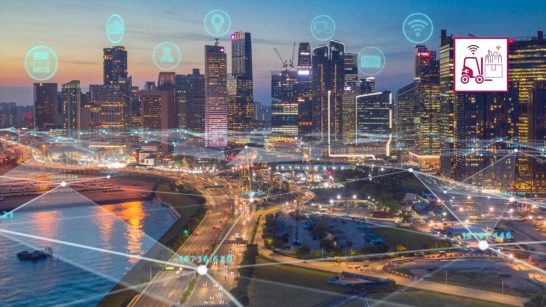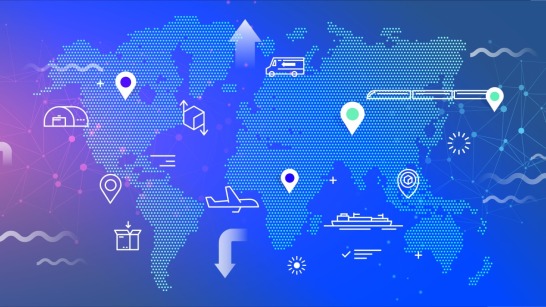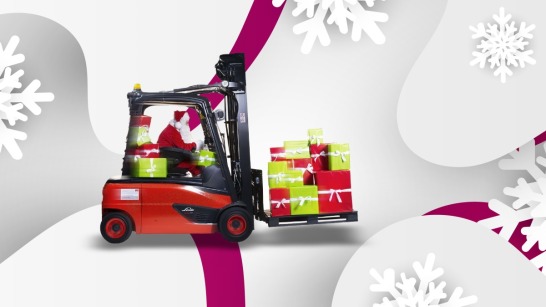In the past, warehouses were managed using a card index box and a huge stack of paperwork. “All day, you’d see people rushing around the warehouse, piles of paper in hand, sorting out orders by calling out instructions or following shipment and picking lists,” recounts Peter Golz, Senior Director for Intralogistics Software Development at Dematic. Then came the software revolution. Today, warehouse managers can access all the data they need in real time. They can see what goods are available and where; what tasks are currently pending; and follow every movement of their warehouse trucks.
“Thanks to digitization, I can run my warehouse operations in line with specific parameters,” says Maik Manthey, Senior Vice President for Digital Business at the KION Group. “Sometimes my priority will be throughput, sometimes time, sometimes cost, and sometimes it will be maximizing process reliability.” Using modern simulation and analysis software, we can optimize our operations in specific areas and deprioritize others in order to achieve our primary goal more efficiently. “We collect the data, evaluate it, and devise recommendations based on it,” he explains.
“Just because there are signs on the warehouse wall, doesn’t mean everything automatically runs like clockwork”
To what extent can these experiences be applied in urban areas? One fundamental difference between cities and warehouses is that warehouses operate according to a stricter set of rules. Cities, by comparison, are chaotic places where it’s virtually impossible to predict where people and traffic will go next. This may seem obvious, but, in fact, it’s not that simple, as Maik Manthey explains: “Just because there are signs on the warehouse wall, for instance saying don’t unload boards here, that doesn’t mean everything automatically runs like clockwork.” People still go into areas where they shouldn’t be, or park a truck or leave a pallet in the wrong place. For a warehouse to maximize its automation potential and reap the benefits of autonomous vehicles, the systems have to be able to cope with these unexpected disruptions. Otherwise, humans will always have to step in to help.
As Maik Manthey explains: “The challenge for the software is not so much training it to complete the task, but rather training it to overcome disruptions.” “This requires positive action: The trucks can’t just stop, they need to be able to resolve the problem.” That’s why autonomous warehouse trucks are fed data to enable them to evaluate different situations. State-of-the-art trucks such as the iGo neo from STILL can already recognize pallets, people, and signs, and react accordingly. And thanks to machine learning and artificial intelligence, autonomous transport systems can even be trained to anticipate challenges ahead of time and take the necessary action. These challenges are essentially the same as those facing autonomous vehicles on the streets of our cities, namely people, other vehicles, and obstacles.

.jpg)





